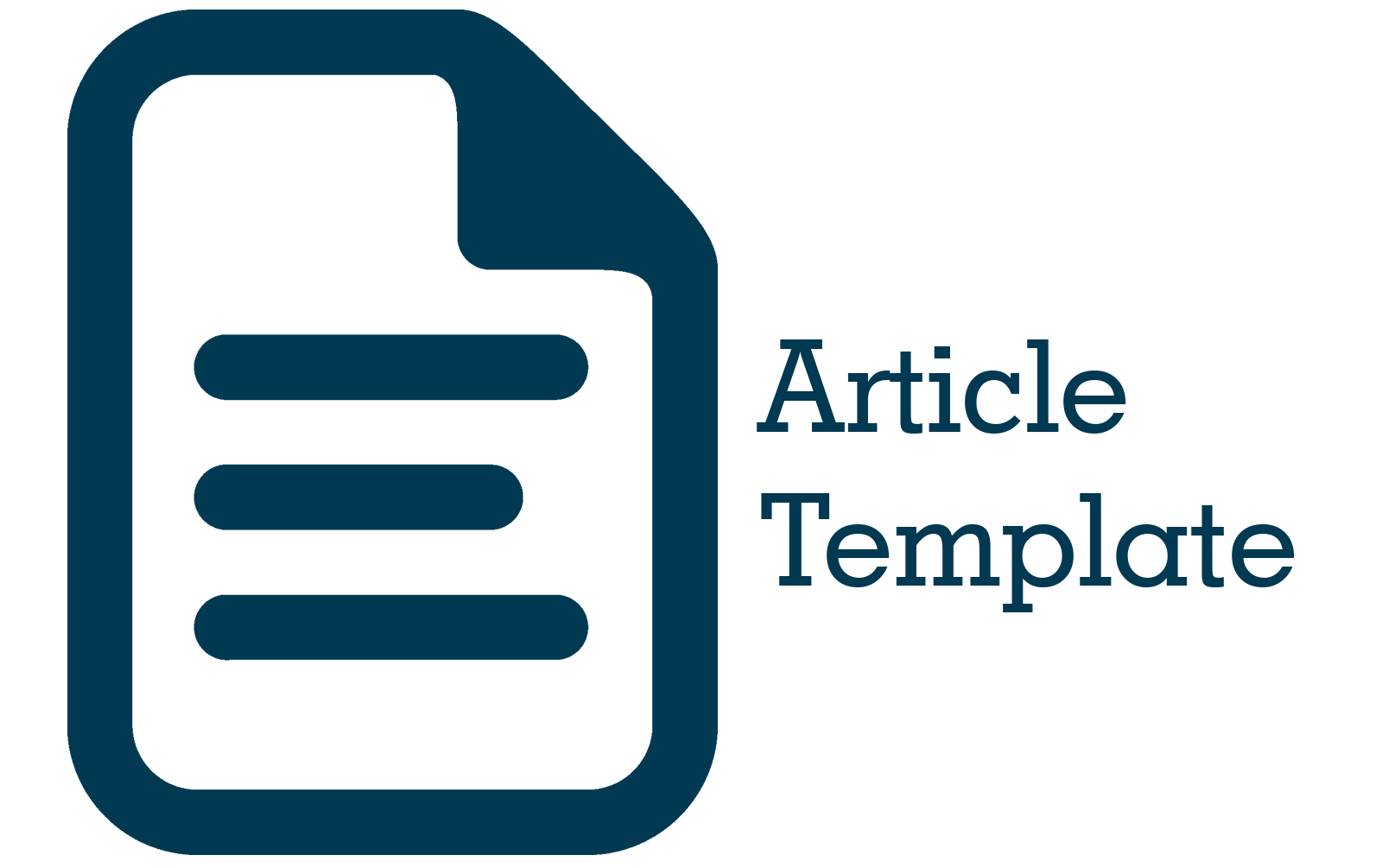Analisis Pengaruh Jumlah Sekolah Dasar dan Jumlah Ruang Kelas terhadap Jumlah Guru Sekolah Dasar di Kota Cimahi Tahun 2021 Menggunakan Metode Regresi Linier Berganda
Abstract
Abstract. Elementary school is the initial level of formal education in Indonesia so that students have the opportunity to develop socially, academically, personally and careerly so that they can become a generation of the nation who are active and independent in developing their potential. The presence of adequate educational facilities such as classrooms and elementary schools to ensure the smooth learning process of students, of course, must be accompanied by the availability of teachers who are trained in teaching. According to data from the Cimahi City Communication and Information Service (2021), there are 1,264 classrooms for 116 elementary schools, and 1,984 people for elementary school teachers. The aim of this research is to determine the effect of the number of elementary schools and the number of classrooms on the number of elementary school teachers in Cimahi City in 2021 using multiple linear regression analysis. Based on the test results, it was found that the number of elementary schools and the number of classrooms together had an effect on the number of elementary school teachers in Cimahi City in 2021. And for partial test results it was found that the number of elementary schools and the number of classrooms had an effect on the number of elementary school teachers in the City Cimahi in 2021. The regression model obtained is , meaning that every additional 1 elementary school (X1) for X2 will still increase the number of elementary school teachers (Y) by 8,449 or 9 people, and every additional 1 classroom (X2) for or 1 person. From the model, R2 is obtained at 0.891, meaning that the proportion of diversity in the number of elementary school teachers (Y) can be explained by the number of elementary schools (X1) and the number of classrooms (X2) together at 89.1%.
Abstrak. Sekolah Dasar yakni jenjang awal pendidikan formal di Indonesia agar siswa memiliki kesempatan untuk berkembang secara sosial, akademik, pribadi maupun karier sehingga mereka dapat menjadi generasi bangsa yang aktif dan mandiri mengembangkan potensi dirinya. Kehadiran fasilitas pendidikan yang memadai seperti ruang kelas dan sekolah dasar demi kelancaran proses belajar siswa, tentunya harus diiringi dengan ketersediaan guru yang terlatih dalam mengajar. Menurut data Dinas Komunikasi dan Informatika Kota Cimahi (2021), terdapat 1.264 ruang kelas untuk 116 sekolah dasar, dan 1.984 orang untuk guru sekolah dasar. Tujuan penelitian ini yakni untuk mengetahui pengaruh jumlah sekolah dasar dan jumlah ruang kelas terhadap jumlah guru sekolah dasar di Kota Cimahi pada tahun 2021 menggunakan analisis regresi linier berganda. Berdasarkan hasil pengujian diperoleh jumlah sekolah dasar dan jumlah ruang kelas secara bersama-sama berpengaruh terhadap jumlah guru sekolah dasar di Kota Cimahi tahun 2021. Dan untuk hasil pengujian secara parsial diperoleh bahwa jumlah sekolah dasar dan jumlah ruang kelas berpengaruh terhadap jumlah guru sekolah dasar di Kota Cimahi pada tahun 2021. Model regresi yang diperoleh adalah , artinya setiap penambahan 1 sekolah dasar (X1) untuk X2 tetap akan meningkatkan jumlah guru sekolah dasar (Y) sebesar 8,449 atau 9 orang, dan setiap penambahan 1 ruang kelas (X2) untuk X1 tetap akan meningkatkan jumlah guru sekolah dasar (Y) sebesar 0,819 atau 1 orang. Dari model diperoleh R2 sebesar 0,891, artinya proporsi keragaman dari jumlah guru sekolah dasar (Y) dapat diterangkan oleh jumlah sekolah dasar (X1) dan jumlah ruang kelas (X2) secara bersama-sama sebesar 89,1%.
References
Kamus Besar Bahasa Indonesia. (Online), (https://kbbi.web.id/sekolah, diakses 18 September 2023).
Kamus Besar Bahasa Indonesia. (Online), (https://kbbi.web.id/kelas, diakses 3 November 2023).
Rukmana, A., & Asep, S. (2008). Pengelolaan Kelas. Bandung: UPI PRESS.
Djamarah, S.B., & Zain, A. (2015). Strategi Belajar Mengajar. Jakarta: Rineka Cipta.
Undang-Undang Republik Indonesia Nomor 20 Tahun 2003. (Online), (https://peraturan.bpk.go.id/Details/43920/uu-no-20-tahun-2003, diakses 17 September 2023).
Walpole, R. E. (2012). Probability & Statistics for Engineers & Scientists. United States: Pearson Education.
Draper, N.R., & Smith, H. (1981). Analisis Regresi Terapan. (2nd Ed). Terjemahan oleh Bambang Sumantri. (1992). Jakarta: Gramedia Pustaka Utama.
Kountur, R. (2009). Metode Penelitian Untuk Penulisan Skripsi dan Tesis. Jakarta: Manajemen PPM.
Gujarati, D. (2006). Ekonometrika Dasar. Jakarta: Penerbit Erlangga.
Celik, R. (2017). A new test to detect monotonic and non monotonic types for heteroscedasticity. Journal of Applied Statistics, 44(2), 2-5.
Zahriyah, A., Suprianik, Parmono, A., & Mustofa. (2022). Ekonometrika Teknik dan Aplikasi dengan SPSS. Jember: Mandala Press.
Myers. (1990). Multicollinearity. United States: Sage.
Ghozali, I. (2018). Aplikasi Analisis Multivariate dengan Program IBM SPSS 25. Semarang: Badan Penerbit Universitas Diponegoro.











